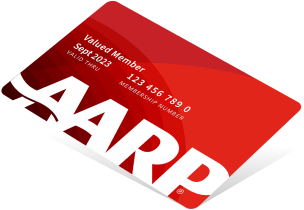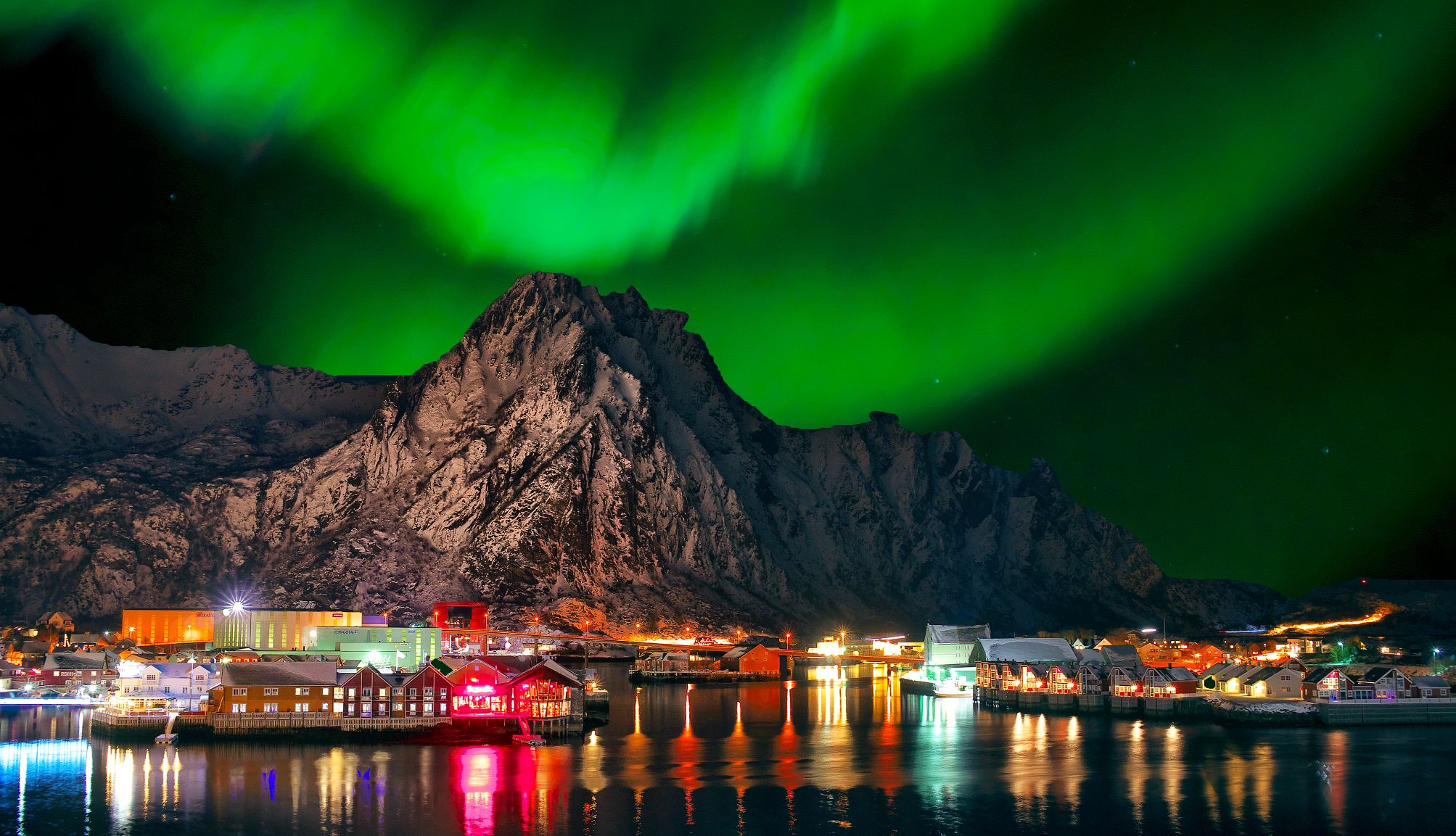AARP Hearing Center
It’s 1 a.m. in Churchill, Manitoba, Canada, and I’m swathed in so many layers of wool, down and high-tech clothing that I can barely move. The temperature is 44 below zero: It doesn’t matter whether that’s Fahrenheit or Celsius; the scales meet at 40 below. I should be dancing around for warmth, instead I’m lying on frozen tundra watching ethereal green, white and rose lights streak, shimmy, swirl and shimmer in the night sky.
Among travelers 50 and older, 67 percent list travel on their bucket lists, and 23 percent plan to visit unusual or off-the-beaten-path destinations, according to the AARP Travel Trends report. Seeing the northern lights, or aurora borealis, is a bucket list destination with broad appeal. According to a 2024 survey commissioned by Expedia, 42 percent of Americans prioritize chasing the northern lights over other bucket list destinations this year. And for good reason. They’re awesome.
But the truth is, even when taking a themed tour or visiting a location renowned for sightings, there are no guarantees. Clouds might mask the lights, or they may not appear. You can increase — but never ensure — the odds of success by understanding what they are and where and when they are most likely to appear.
Tips to see the northern lights
The National Oceanic and Atmospheric Administration’s Space Weather Prediction Center offers these tips to increase your odds of seeing the lights.
- Travel to the magnetic poles.
- Get away from man-made light pollution.
- Avoid full moon nights.
- Be prepared to stay awake, as the best viewing usually occurs between 10 p.m. and 2 a.m.
- If possible, time your visit to coincide with the spring or fall equinox.
If you’re considering a trip, now’s the time. The sun’s solar magnetic pole flips about every 11 years, and when it does, solar activity increases, creating more frequent and intense displays. Scientists predict the current solar cycle will peak in 2024–26. That means more opportunities to check aurora viewing off your bucket list.
What you need to know about the northern lights
What: Bursts of green, red, blue and violet light caused when solar winds carrying electrically charged particles penetrate Earth’s magnetic shield and collide with atmospheric gases.
Where: The action occurs in the auroral oval centered over Earth’s north pole, and can be observed more than half of the nights of the year between the north and south latitudes of about 60 and 70 degrees. Good sighting spots include parts of Alaska, Iceland, Canada, Norway, Sweden and Finland. Maximize your chances by choosing a rural destination far from city lights and plan to stay at least three nights.
When: Generally, the ideal opportunities occur around late September and around March. Clear, dark nights are ideal, with the optimal hours usually between 10 p.m. and 2 a.m. According to the Geophysical Institute at the University of Alaska Fairbanks, the best time to travel to the auroral zone is around the equinoxes, since the annual auroral cycle peaks around then.
Tip: When chasing this elusive show, choose a location or an itinerary that offers daytime diversions as well as fallback options for cloudy nights. That way you’ll enjoy a memorable vacation, lights or no lights.
According to the Geophysical Institute, during extreme aural events, you may be able to see the lights throughout the U.S. and Europe, but these events are rare. The best places to go to see the lights are high northern latitudes in Alaska, Canada and Scandinavia. Here are some special ways to experience the phenomenon ranging from do-it-yourself to fully escorted tours (rates are per person, subject to change and depends on the exchange rate):



























































